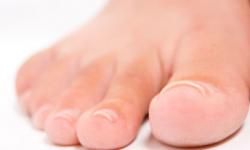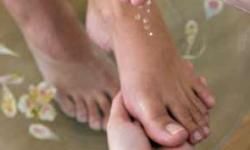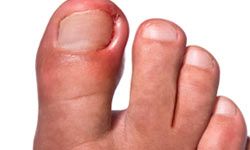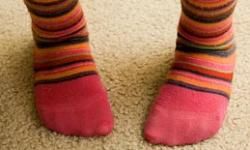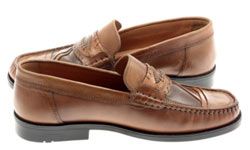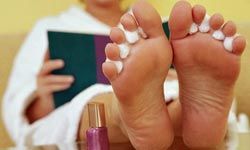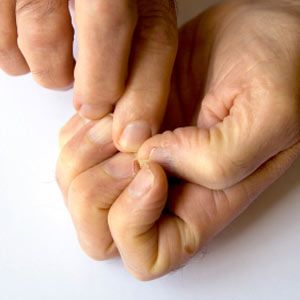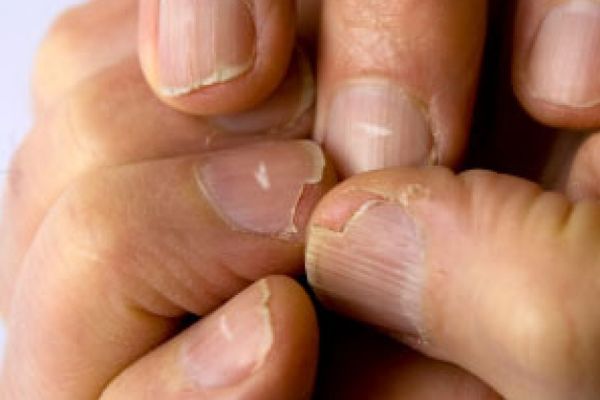Here's the good news: Treating ingrown toenails is easy and relatively painless. Now for the bad news: A simple nail infection, if not treated properly, can swiftly lead to further complications. When a sharp edge of a toenail grows into the skin folds at its edge, it results in pain and discomfort, especially if the wound gets infected. This article will offer some great home remedies for treating and preventing ingrown toenails, but first we need to add a few precautions.
If you have diabetes or any other condition that affects circulation, don't even think of trying to treat a nail infection yourself. In people with poor circulation, any foot wound or infection takes longer to heal. If not properly treated, an injury could worsen quickly and cause other complications; at worst, it could result in amputation. Reduced circulation also affects the foot's sensitivity to pain, which can delay detection of a minor injury. To complicate matters even more, people with diabetes often have nerve damage in the feet that further limits their ability to sense the pain caused by a worsening wound. So leave your foot doctoring -- and even your nail cutting, unless you have your doctor's okay -- to a trained health-care professional. But be sure to clean, dry, and examine your feet every day, and call the doctor at the first sign of a nail or foot problem.
Advertisement
If you do need to seek medical attention, a podiatrist can solve the problem with minor surgery that permanently narrows the nail. After applying a local anesthetic, the doctor removes part of the nail's side border, as well as some of the cells that line the base of the toenail (this area is known as the matrix). Removing these cells at the root of the nail eliminates the corner of the nail that burrows into the skin.
People without nerve or circulatory problems, however, can usually take care of an ingrown toenail themselves, if they follow the home remedies from experts outlined in the next section.
This information is solely for informational purposes. IT IS NOT INTENDED TO PROVIDE MEDICAL ADVICE. Neither the Editors of Consumer Guide (R), Publications International, Ltd., the author nor publisher take responsibility for any possible consequences from any treatment, procedure, exercise, dietary modification, action or application of medication which results from reading or following the information contained in this information. The publication of this information does not constitute the practice of medicine, and this information does not replace the advice of your physician or other health care provider. Before undertaking any course of treatment, the reader must seek the advice of their physician or other health care provider.
